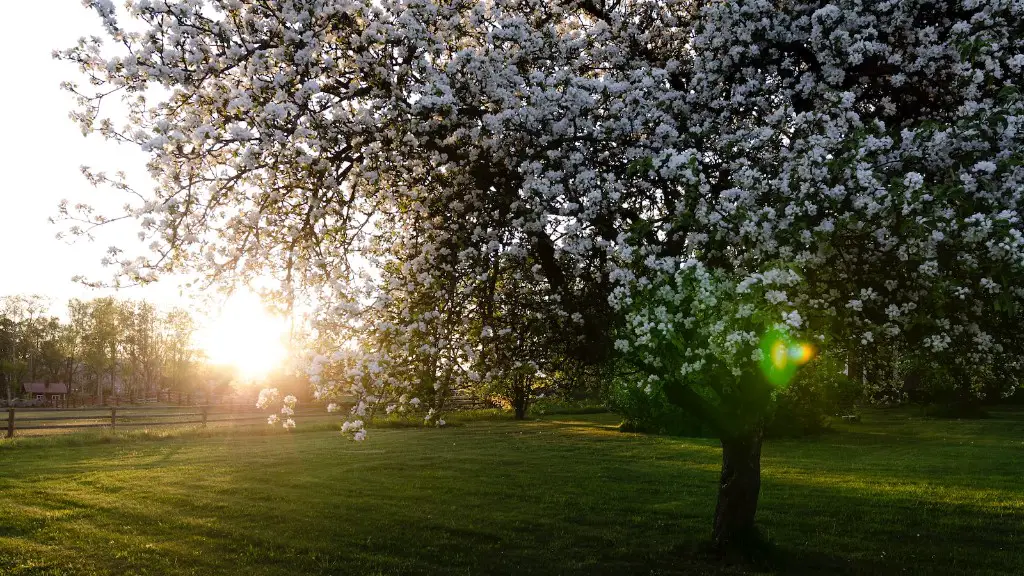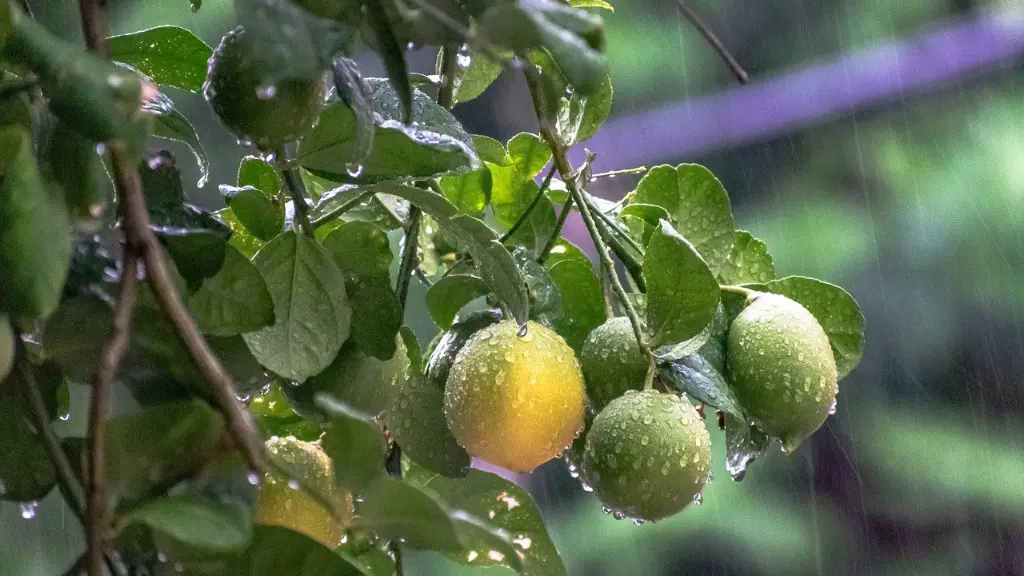Growing an apple tree is a great way to increase your fruit yields and beautify your property. There are several important steps to take and many decisions to make when considering to start growing an apple tree. To begin, it’s important to know the different types of apple trees available, how to select a tree, how to nurture it, and how to deal with any potential pests or diseases. With a bit of time and patience, you can reap the rewards of having a healthy and abundant apple crop.
Determining Apple Tree Type
When deciding what type of apple tree to choose, there are several varieties available. Choose a tree variety by its productivity and cold hardiness. Most apple tree spawn produce fruit seasonally. Make sure the type of tree you select matures and ripens during the season in your region. Talk with a local agricultural county extension agent for more options and information.
Choosing Apple Tree Saplings
Now that you’ve chosen the type of tree you’d like, it’s time to pick the perfect sapling. When selecting one, look for a hardy, fertile and pest-resistant specimen. Avoid any sapling with discoloration or soft spots on the bark. Also, take into account the size of the sapling – make sure you will have enough room for it upon full-growth. Once chosen, planting the tree needs to be done as soon as possible.
Preparing the Soil
Invest in all-natural, soil-amendment materials, such as compost and/or manure, and adequately prepare the land for the apple sapling. Dig a hole in the ground twice the width and depth of the tree’s root ball. Mix in two to three inches of topsoil with the soil-amendment material and stir with a shovel. Place the entire root ball in the middle of the newly dug soil and make sure its even with the ground. Then, lightly pack down the soil with the sole of your foot. After, water fully.
Additional Care and Maintenance
To ensure proper growth, thin the apple tree’s branches and leaves periodically. This will allow for more oxygen to travel through the tree’s canopy. Prune branches when they start leaning too far from the tree’s center – along with dead and/or diseased branches. Watering a newly-planted apple tree correctly is also essential. Give it around one to two inches of water per week during its first season and fertilize the tree when flowering or when fruiting if buds don’t grow. Also, keep away any weeds and pests.
Organic Protection
Finally, consider organic protection against pests and diseases. Use organic compounds, such as insecticidal soap or neem oil, to help eliminate any harmful insects. Planting companion plants is another option, like garlic or basil, which can provide natural protection. Additionally, when flowering starts, use appropriate pollinators, like honeybees, to improve fruit production.
Frost Protection
Frost can also be very harmful and damage the crop. Take preventative measures, such as spaying water over the apple tree’s foliage or removing snow from branches. Better yet, check for frost forecast in your area and if necessary, cover the tree with frost protection cloth. You’ll know if the tree underwent frost damage immediately if the buds freeze or fall.
Pruning and Spraying
Pruning is essential for apple trees in all seasons. Winter pruning is particularly important as it helps promote proper interior branch structure, fruit production and growth next year. During winter months, use pruning shears to remove multiple crossings and short branches. As the tree ages, more vigorous pruning is necessary as it’ll limit the tree’s height and spread. Finally, consider spraying with horticultural oil or BT to mange pests and diseases.
Girdling, Wrapping and Mulching
Girdling is where you remove a thin band of bark from the apple tree’s trunk. It can be used to regulate the growth and increase the fruiting by removing inactive parts. To ensure the tree is secured, wrap the trunk with sticky tree wrap, either in the spring or winter, depending on where you live. Finally, add a layer of organic mulch around the root zone of the tree to add essential nutrients and tones up soil. Make sure to constantly remove weeds from the bark base.
Fertilizing and Planting Companion Flowers
Fertilizing an apple tree is a necessary step to producing healthy and abundant yields. Consider using an organic fertilizer or a blend that’s high in nitrogen. Environmental conditions and specific soil may contribute to different fertilizer needs. Make sure to check with your local authority to determine what fertilizer will be the most suitable. As for companion flowers, use either clover or dandelion to naturally prevent apple scab disease.
Disease Prevention and Pollination
Apple scab is one of the most common diseases among apple trees, so it needs to be prevented. Utilize either volex or apple scab-resistant varieties. Several fungicide products are available but, for organic methods, use either sulfur or neem oil. As for pollination, fruit trees depend on insects, like bees to pollinate. Planting companion flowers is an excellent natural way to ensure the tree will be pollinated correctly.
Harvesting, Storing and Enjoying the Fruit
When the weather starts cooling off, the apple season begins. Knowing when the fruit is ripe can be tricky. If the apple is easily removed from the stem and its color is either yellow-green or yellow-red, it’s probably ready to harvest. Once picked, apples should be stored in a cold, dark place with adequate air circulation. Finally, enjoy the fruits of your labor!


